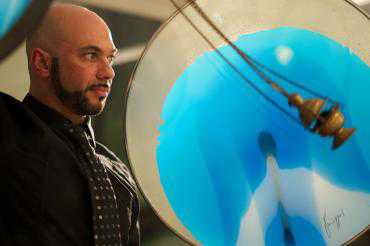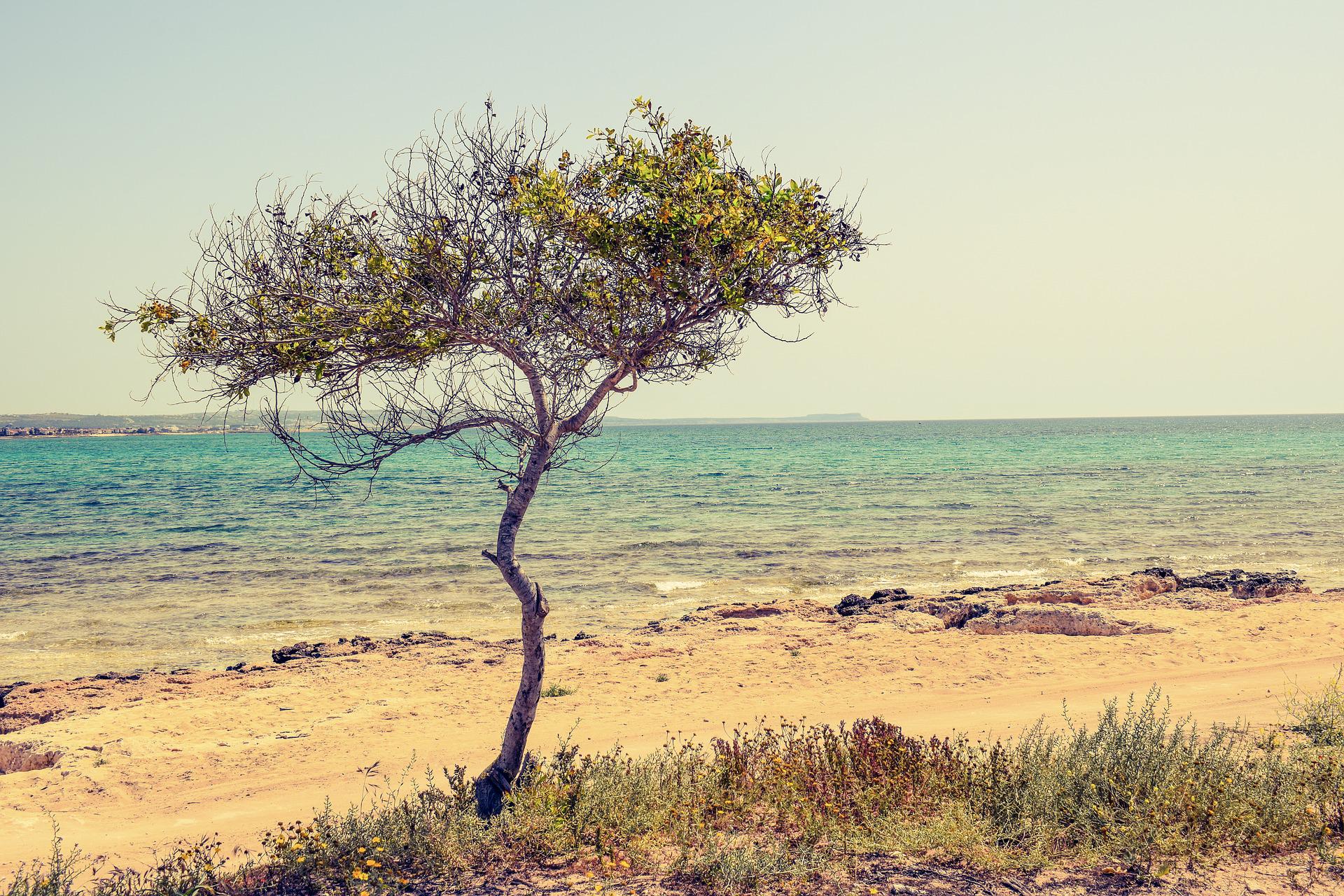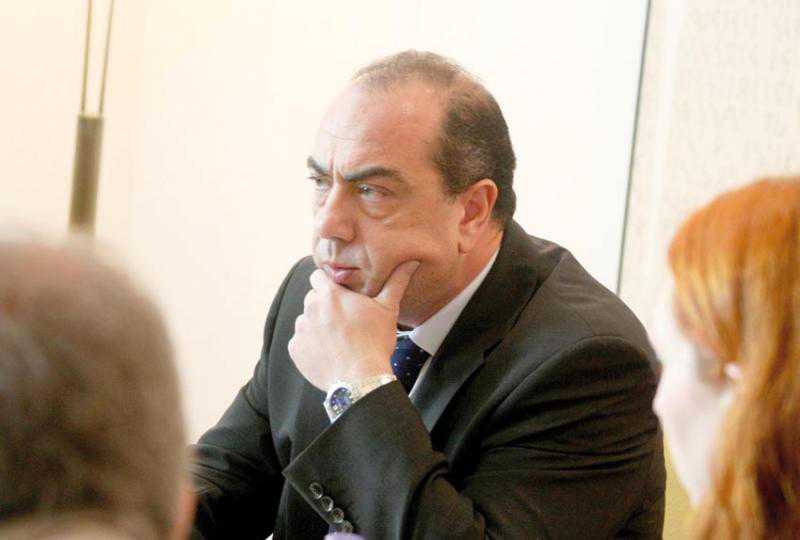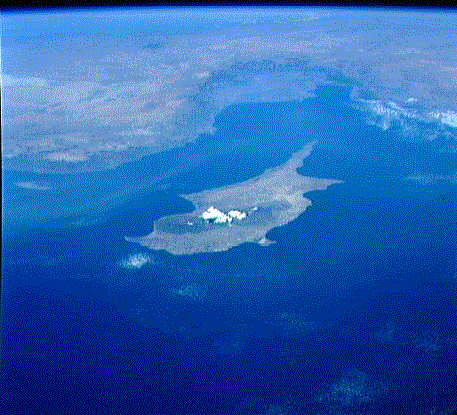GO CYPRUS : Former junior minister LIZ MCMANUS visits the northern part of the island where natural beauty and cultural richness are attracting a growing number of tourists

GREEK CYPRUS is such a well-known and popular tourist destination that it is easy to overlook northern Cyprus.When the island was partitioned in the 1970s, northern Cyprus – the Turkish-speaking part – was considered an inaccessible, occupied area and yet its natural beauty and cultural richness have attracted a growing number of visitors. Access has become easier with new border crossings and daily flights via Istanbul to Ercan Airport.
Progress has come with a familiar price, very familiar to anyone from Ireland. We visited a divided island that had a property bubble and the ghost estates to prove it. That said, it is also true that, in the carve-up, the Turkish Cypriots got the best scenery.
We stayed in the pretty harbour town of Kyrenia (Girne in Turkish) that nestles under a dramatic range of mountains. We travelled with a group organised by Explore Worldwide Ltd and stayed in the Nostalgia Hotel, a small establishment tucked into a narrow street close to the harbour. It is designed in a traditional Cypriot style and some rooms have four-poster beds.
I’d been sent a questionnaire by the travel company. What did I want on the trip? Walking and history, I’d replied dutifully. On both counts northern Cyprus delivered spectacularly. We spent a week walking in the Kyrenia mountains, clambering up to Crusader castles and exploring historical sites along the coast.
CYPRUS WAS the stepping stone for waves of Persian, Roman, Byzantine, French, Italian and British cultures that left a bloodstained legacy in stone. Happy the country without a history, my guide book quoted, and then went on to describe Cyprus – because of its turbulent history – as an unhappy shuttlecock.
On day one our walk took us up a mountain track. As it was springtime there was a profusion of wild flowers; pink and white rock roses, crown daisies, asphodel, alliums. There are 30 species of orchids in northern Cyprus. Under the mimosa and carob trees red poppies ran riot in the grass. The local myth relates that the goddess of love Aphrodite (born in Cyprus apparently, although another myth claims she was born out of castrated testicles of Uranus) was in love with Dionysus. When he was killed, so the story goes, his blood and her tears mingled to produce the wild poppies that we saw around us.
After a Cypriot picnic made for us by the wife of Mustapha, our driver, we descended into the quiet village of Bellapais. It is noted for its 14th-century abbey and is also famous for its appearance in Lawrence Durrell’s book Bitter Lemons of Cyprus . Bellapais boasts not just one but two Trees of Idleness (each, it is claimed, is the original).
It was said that if you sat long enough under the tree you’d be overcome by an indolence that had the villagers living so long the gravedigger was out of a job. We struck lucky as the Bellapais Music Festival was in full swing and, later in the week, we had dinner overlooking the abbey before attending a musical recital inside its lofty refectory.
The next day, we passed one of the many military barracks that are evident across northern Cyprus. A lone soldier waved us on to St Hilarion Castle. The castle straddles a mountain top and the steep climb is worth every step.
It is a remarkable piece of architecture that rises organically out of rock. Stone stairs lead up the crenellated walls and turrets of the castle to give vertiginous views. There are three castles positioned strategically across the mountain range. Buffavento Castle is the highest of the three.
The climb there is demanding but well worth the effort. The construction of these castles was driven by fear. From their battlements the French knights used smoke signals to warn of an impending attack from the east. As it happened, in the end, the Venetians took over and removed much of the stone in order to reinforce their coastal castles at Kyrenia and Famagusta.
Inside the castle at Kyrenia harbour there is a large courtyard that houses the Shipwreck Museum and the remains of a cargo boat that was raised from the seabed in 1968 by American archeologists. The vessel is 2,300 years old. It carried almonds, millstones and amphorae which are on display in the museum.
Beyond the mountain range lies the central Mesaoria Plain. Turn west and you get to the dusty suburbs of Lefkosa (Nicosia). Much better to turn east and head for Gazimagusa (Famagusta).
On the way a visit to St Barnabas Monastery is a must. Until 1976 the monastery was inhabited by three aged monks, brothers in faith but also biological brothers who financed its upkeep by painting icons. Not only are the icons worth a look but there is an astonishing collection of artifacts from 2000 BC until Byzantine times.
The ancient city of Salamis is another must-see. Much of it is, as yet, unexcavated but if you’re into Roman plumbing you’ll enjoy the gymnasium, theatre, baths and the latrines. We stopped there on our way to Famagusta, which is a walled town full of surprises. Within the walls, St Nicholas Cathedral dominates over a mixture of buildings of different styles. Modelled on the cathedral at Rheims it is now a mosque. A weird melding of religions greets you when – shoeless of course – you step inside the high space with its Gothic windows and Turkish carpeted floor. Outside the city walls, an entire suburb of houses, shops and churches is sealed off; the ghost town of Varosha, a quarter that was abandoned by fleeing Greeks and has been left to decay in a no-man’s land.
THERE IS MUCH to see in Famagusta and it has a gorgeous cafe to visit when you’ve seen enough. Inside the Petek Pastanesi, there is every mouth-watering confection imaginable. Our guide, an English expat, had told us of its delights but we didn’t believe her until we sampled them for ourselves.
There are British ex-pats as well as British tourists in northern Cyprus. I was told they come because it is outside the eurozone, but the relationship between the English and Cypriots goes back a long time – to the days of Richard the Lionheart who managed to sell the island twice, first to the Knights Templar, then to the French.
Today, there is no shortage of bars with names such as the Fisherman’s Inn or the Horseshoe Bar and you need never want for an English breakfast there. Middle England comes to northern Cyprus, I imagine, because it is quiet, clean, safe and beautiful.
It is not all one-way travel. In a village on the Karpas peninsula a local man told me that the population was 200 but that 2,000 more of them lived in London.
Cyprus has always been a meeting point for East and West – hence its troubled past. Despite the obvious political difficulties over the future of Cyprus, things are changing; the border is more porous, the number of EU-funded projects in northern Cyprus is well signposted, every Turkish Cypriot is entitled to an EU passport. Only a matter of time, I imagine, before Michael O’Leary gets landing rights into Ercan airport and a new invasion begins.
Northern Cyrpus where to…
Stay
Nostalgia Boutique Hotel, Kyrenia, tel 00-90-392-815-3079, nostalgaboutiquehotel.com. Modestly-priced 28-room hotel with Cypriot-style decor and a restaurant attached.
The Colony, Kyrenia, tel 00-90-392-815-1518, parkheritage.com. Upmarket, uptown 90-room hotel with a casino next door. Expensive but has a reputation for good food and excellent service.
Portofino Hotel, Famagusta, tel 00-90-392-366-4392. Budget hotel with 53 rooms near to the walls of the old town.
Eat
Gazan restaurant, Kyrenia, tel 00-90-392-815-3079. Beside the Nostalgia Boutique Hotel and has the same owner. Great meze and modest prices. We had the best Cypriot dinner of our stay there.
Cafe Carob, Kyrenia, tel 00-90-392-815-6277. Italian restaurant with balcony overlooking the harbour. Fantastic view if you can get a table on the balcony or roof.
Petek Pastanesi cafe, Famagusta, tel 00-90-392-366-7104. Magnificent confectionary and pleasant surroundings. Must be enjoyed at leisure – you can spend a long time just making your choice.
Go
Kyrenia harbour. A lively and attractive harbour with restaurants, cafes and a Shipwreck Museum in the castle. The town is a good base with a choice of accommodation.
Bellapais. A mountain village with a 14th century abbey and links to writer Lawrence Durrell.
Famagusta. A town rich in history and pleasant pedestrianised centre. A visit to St Barnabas Monastery and the ancient city of Salamis on the way is well worthwhile.
More information
North Cyprus by Diana Darke, published by Bradt Travel Guides.






